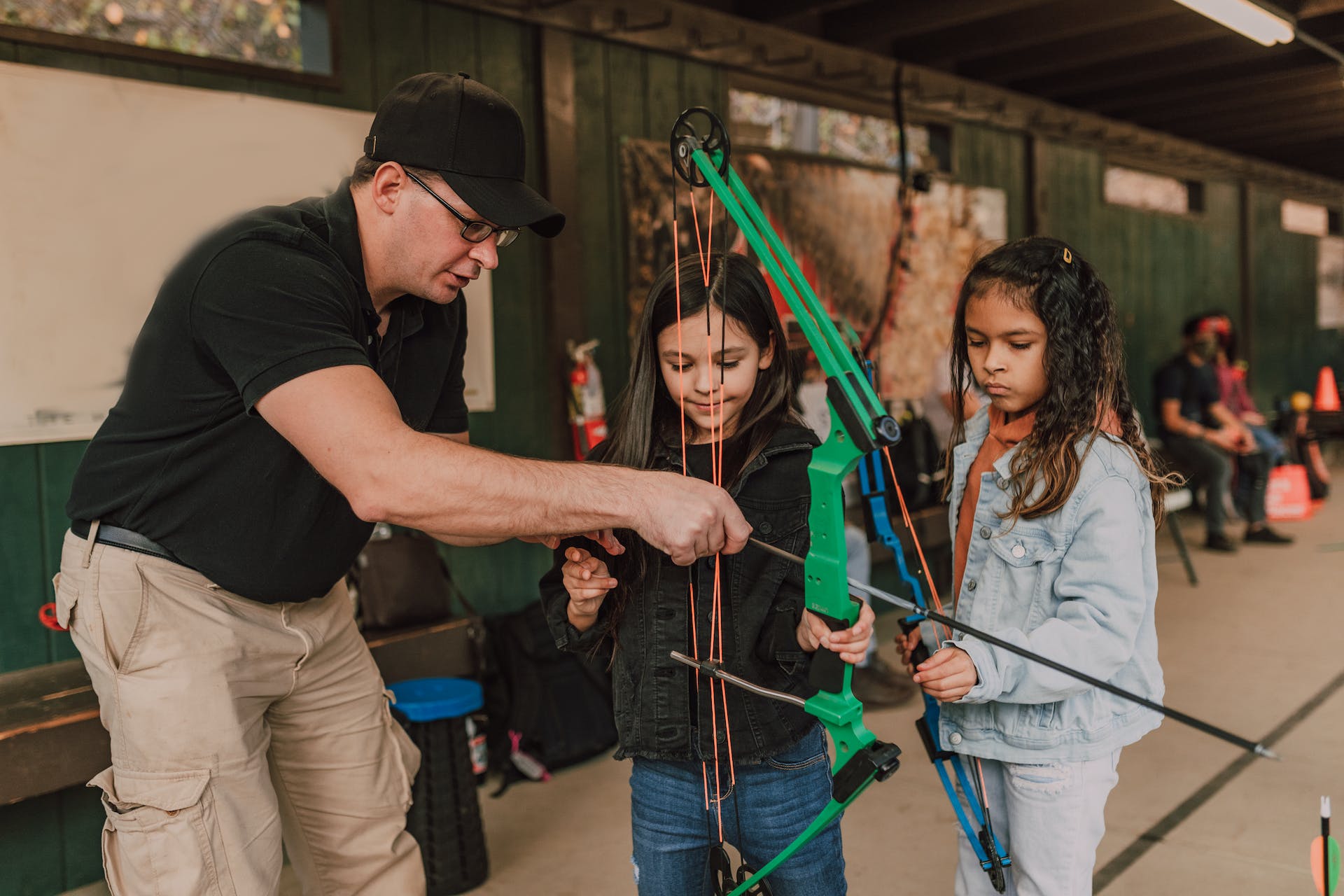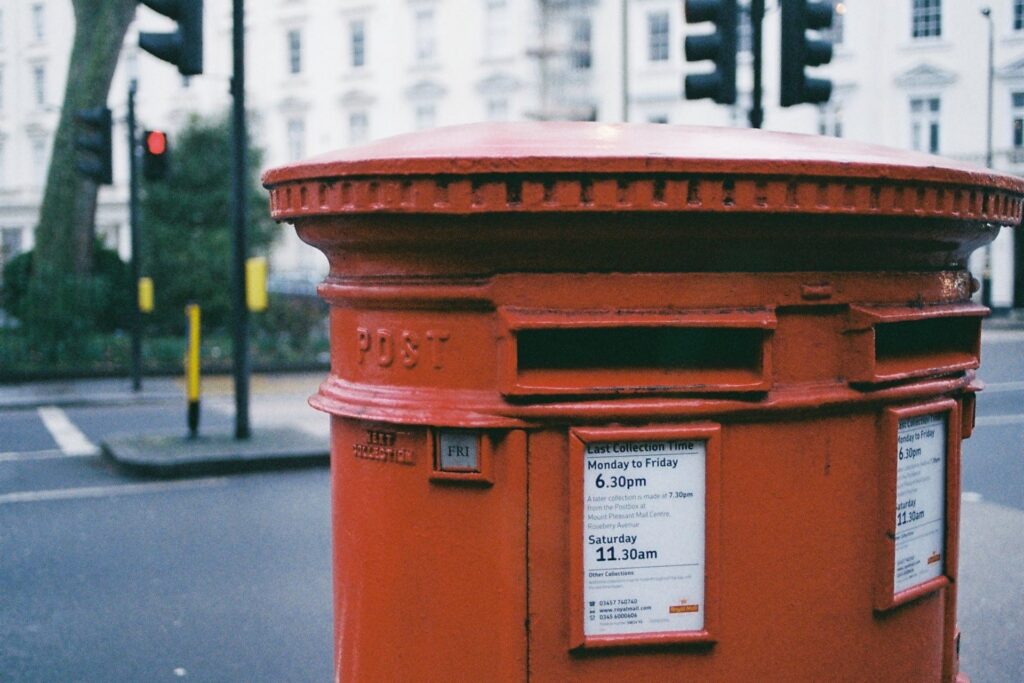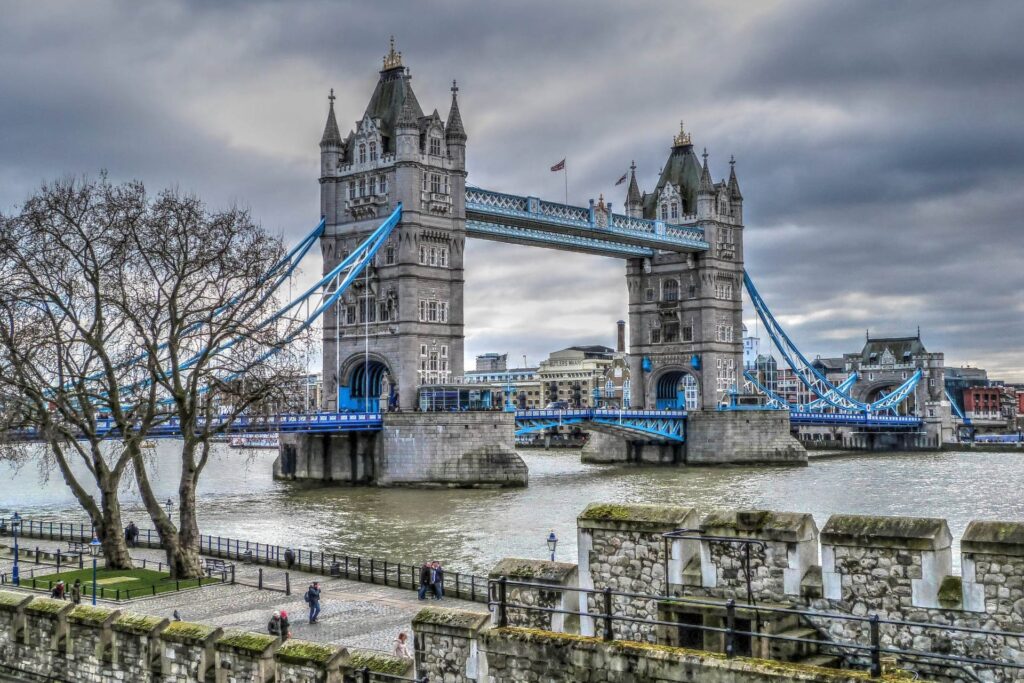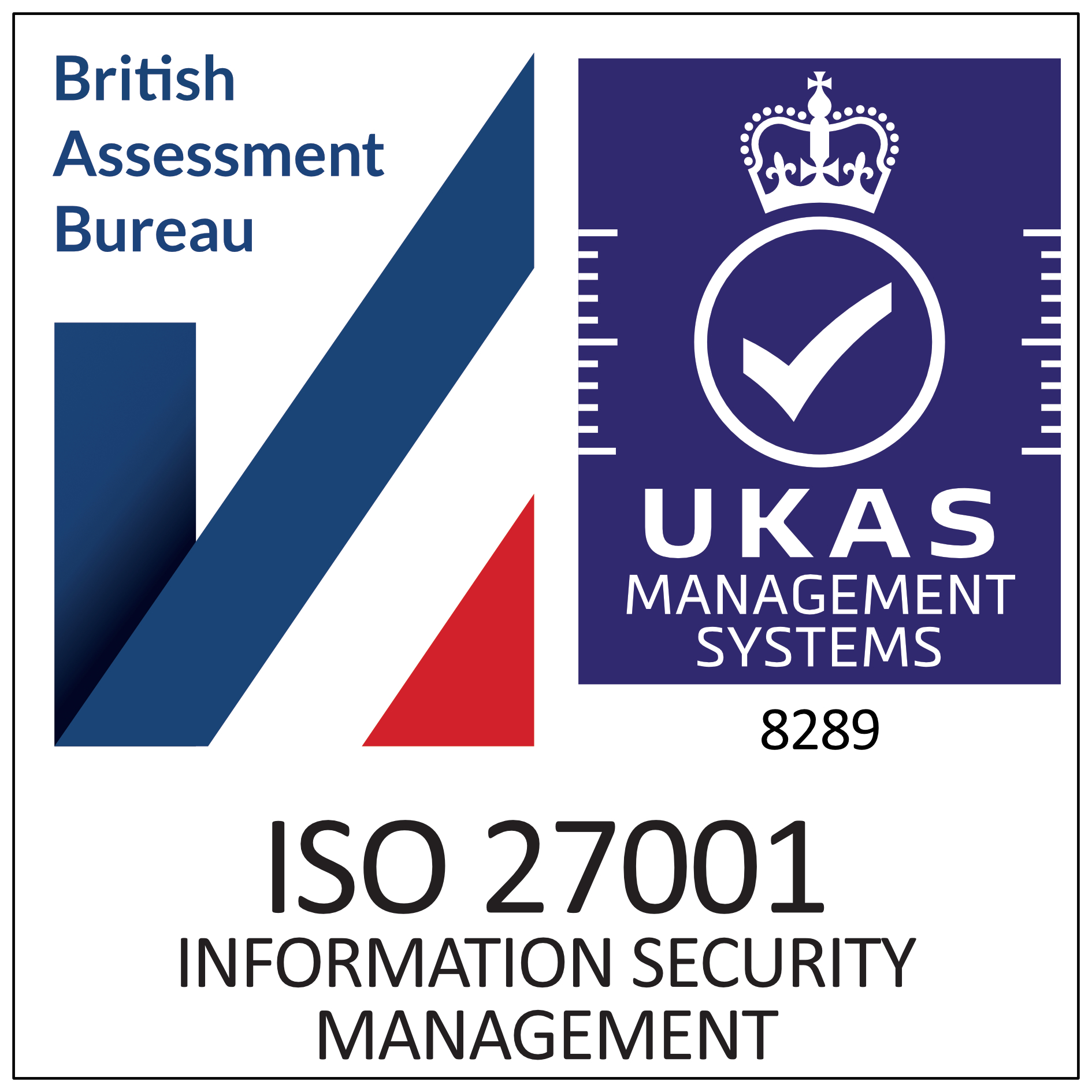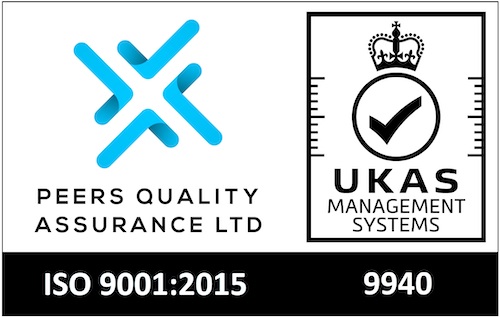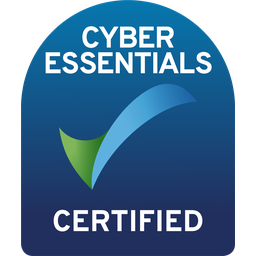What is a list 99 Check?
What is a List 99 Check?
A List 99 Check is often used to refer to a Children’s Barred List check. While ‘List 99’ was used before 2002, the list was renamed as the Children’s Barred List, and this is why you may see both terms used together.
Why Did the List 99 Check Change?
List 99 was first set up in 1955 but changed name in 2002. The change came about when the UK adopted the Human Rights Act, which introduced more stringent regulations around the safeguarding of children and young people and vulnerable adults.
Who Needs a Children’s Barred List Check?
Any person that is engaged in a regulated activity will require an Enhanced DBS Check with barred list check.
What is a regulated activity?
Regulated activity is defined by the Disclosure and Barring Service – or DBS – as a role that includes or necessitates direct and/or unsupervised contact with children on a frequent basis. A frequent basis is defined as more than three times in any thirty-day period.
What is the Children’s Barred List?
The Children’s Barred List checks against person who is known to have any relevant convictions or cautions that are deemed as posing a risk or threat to children. This assessment is carried out by the DBS. What is means in simple terms is that it is against the law for a person that is named on the Children’s Barred List to work in a role that involves working with children and young people.
How long will someone stay on List 99?
Once an individual has been added to the Children’s Barred List – List 99 – they will remain on the list for life, in the main.
Managed by the DBS, the list is held under the Safeguarding Vulnerable Groups Act.
How do you get a Children’s Barred List check?
Employers should request a Children’s Barred List check if they have roles that include Regulated Activity with children. Employers that can request a Children’s Barred List Check will include schools, nursery schools, youth clubs and certain care settings. An individual listed on the Children’s Barred List cannot be employed in a role that involves direct contact with children.
Please note that you cannot request a Children’s Barring List check for yourself.
It is important that employers within the education and childcare sectors remain vigilant throughout their recruitment processes. Ofsted has implemented a Safer Recruitment process which can support educational and childcare settings with best practice recruitment processes for safeguarding.
Safer Recruitment
By including a Children’s Barred List check, potential employers can quickly understand and assess if their candidate is suitable for the role they are recruiting for. It is also best practice to repeat the check every three years.
It is also typical that requests for Enhanced DBS checks with Children’s Barred List are instigated by the person with responsibility for assessing candidate suitability. For example, in a school setting, an Enhanced DBS check will most often be requested by the School Business Manager as it is likely that they cover the HR function.
It is important to note that checks against the Children’s Barred List can only be carried out if the individual being assessed will be engaged in regulated activity with children, defined as a ‘young person below the age of 18’.
Jobs That Include Regulated Activity
Regulated activity includes any job or activity that involves close and unsupervised contact with vulnerable groups, including children and young people below the age of 18.
Examples of roles include teachers, sports coaches, school transport drivers and childminders. Foster caring is also considered to be Regulated Activity.
Questions About the Children’s Barred List
Is a Children’s Barred List Check the same as a DBS check?
The Children’s Barred List is not a DBS check. It is also not a complete criminal record check. A Children’s Barred List will only check the named list, formerly known as List 99.
Can I Find Out If My Employee is on the Childrens’ Barred List?
The Department for Education states that educational establishments, like nurseries, schools and colleges, can apply for a Children’s Barred List check if an applicant:
- Is involved in unsupervised activities that include, but are not limited to teaching, coaching or supervising children, driving child-only transport and offering wellbeing support.
- Works for particular ‘specified places’, such as schools, childcare settings and children’s homes, with opportunity for contact with children.
- Is a registered childminder
- Is a registered foster carer
- Supports personal care and hygiene directly or supervised by a healthcare professional
My employee is on the Children’s Barred List
A Children’s Barred List check will return one of two outcomes:
‘No matching records were found’ means that your applicant is not on the list, and they may begin work if all pre-employment checks required have been satisfactorily completed.
A match with a named individual means that employment is prohibited.
Can an Individual Get Their Name Taken Off the Children’s Barred List?
Generally, inclusion on the Children’s Barred List lasts for a lifetime and covers all Regulated Activity. If an applicant wishes to appeal their inclusion, they will need to contact the DBS Service directly to appeal the decision.


